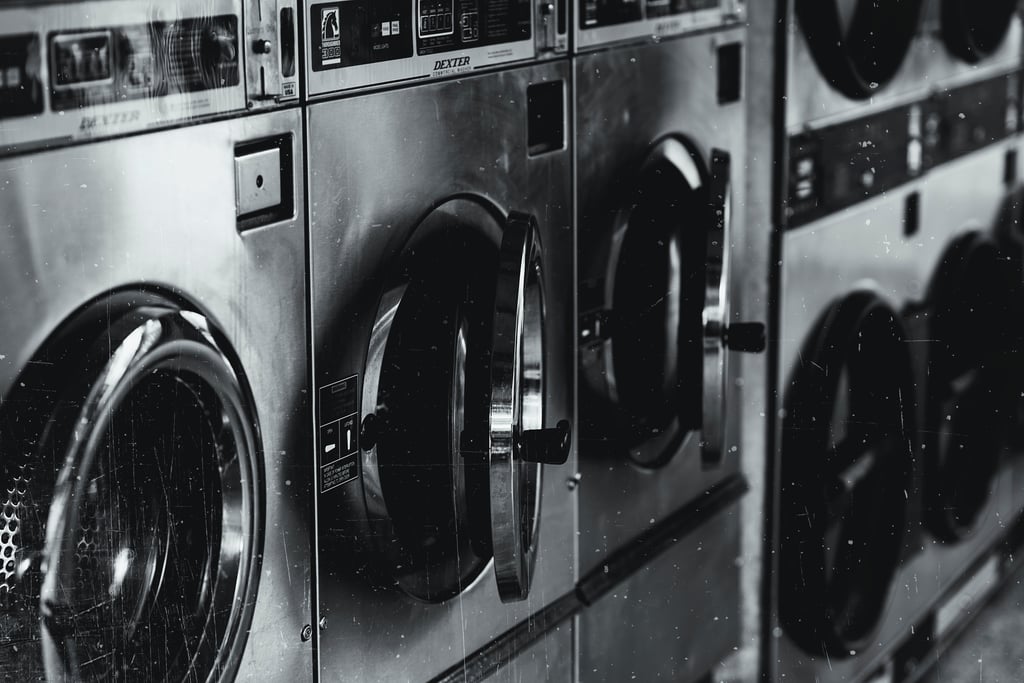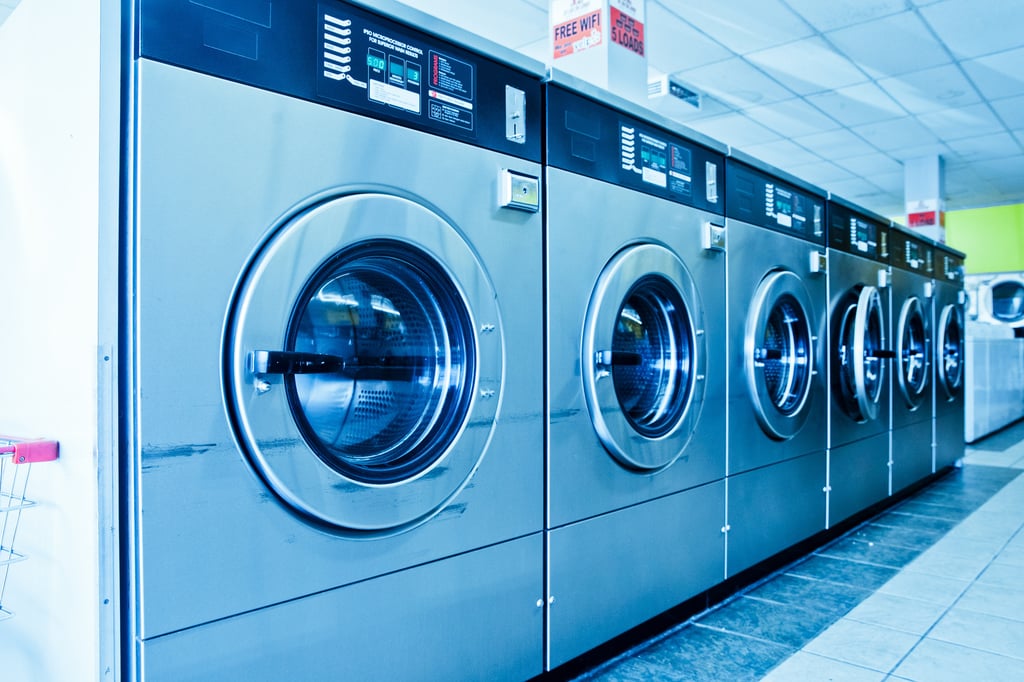Is It Safe to Lay a Washing Machine on Its Side?
When it comes to moving or transporting a washing machine, many people wonder if it is safe to lay it on its side. While it is generally not recommended to lay a washing machine on its side, there are certain circumstances where it may be necessary. In this article, we will explore the pros and cons of laying a washing machine on its side and provide some guidelines to ensure a safe and successful move.
The Pros and Cons of Laying a Washing Machine on Its Side
Before we delve into the details, let's first discuss the advantages and disadvantages of laying a washing machine on its side.
Pros:
- Space-saving: Laying a washing machine on its side can be beneficial when you have limited vertical clearance, such as when moving it through narrow doorways or staircases.
- Easier transportation: Transporting a washing machine on its side may be more convenient in certain situations, especially when using a truck or van with a low ceiling height.
Cons:
- Potential damage: Laying a washing machine on its side can cause internal components, such as the motor or suspension, to shift or become misaligned, leading to potential damage or malfunction.
- Water leakage: If the washing machine is not properly secured or if there is residual water inside the machine, laying it on its side can cause leaks and water damage.
- Invalidating warranty: Some manufacturers explicitly state that laying the washing machine on its side voids the warranty, so it is essential to check the user manual or contact the manufacturer before proceeding.
Guidelines for Laying a Washing Machine on Its Side
If you find yourself in a situation where you need to lay a washing machine on its side, here are some guidelines to follow:
1. Unplug and disconnect:
Before attempting to move the washing machine, make sure it is unplugged from the power source and that all water supply hoses are disconnected. This will prevent any electrical or water-related accidents during the process.
2. Empty the drum:
Remove all clothes, water, and detergent from the drum to minimize the weight and prevent any spillage or damage to the machine's internal components.
3. Secure the drum and door:
Use straps or bungee cords to secure the drum and door of the washing machine to prevent them from opening or shifting during transportation.
4. Protect delicate parts:
Consider wrapping the control panel, knobs, and other delicate parts of the washing machine with bubble wrap or blankets to protect them from scratches or impact.
5. Use proper lifting techniques:
When moving the washing machine, ensure you have enough manpower and use proper lifting techniques to avoid back injuries. It is recommended to use a dolly or a trolley to facilitate the transportation process.
Conclusion
In conclusion, while it is generally not recommended to lay a washing machine on its side due to the potential for damage and water leakage, there are situations where it may be necessary. By following the guidelines provided and taking necessary precautions, you can minimize the risks associated with laying a washing machine on its side. However, it is always advisable to consult the manufacturer or a professional technician before attempting to move a washing machine in this manner.
Relative Articles
-
Washing Machine Hacks: No More Tangled Clothes
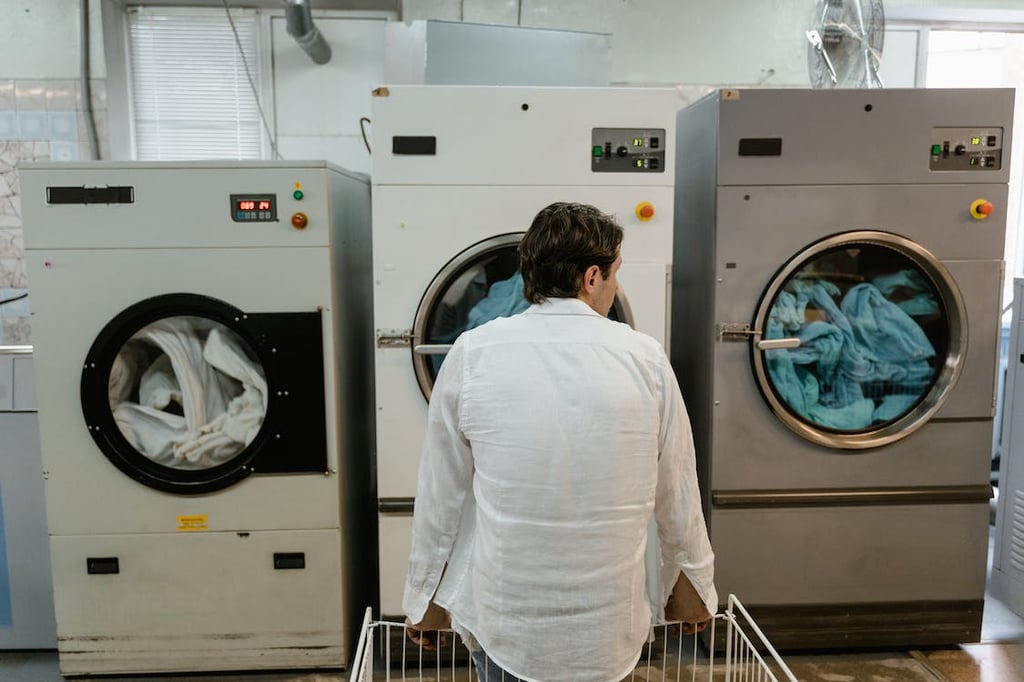
-
How to Clean a GE Deep Fill Washing Machine

-
How to Clean a Public Washing Machine Before Use
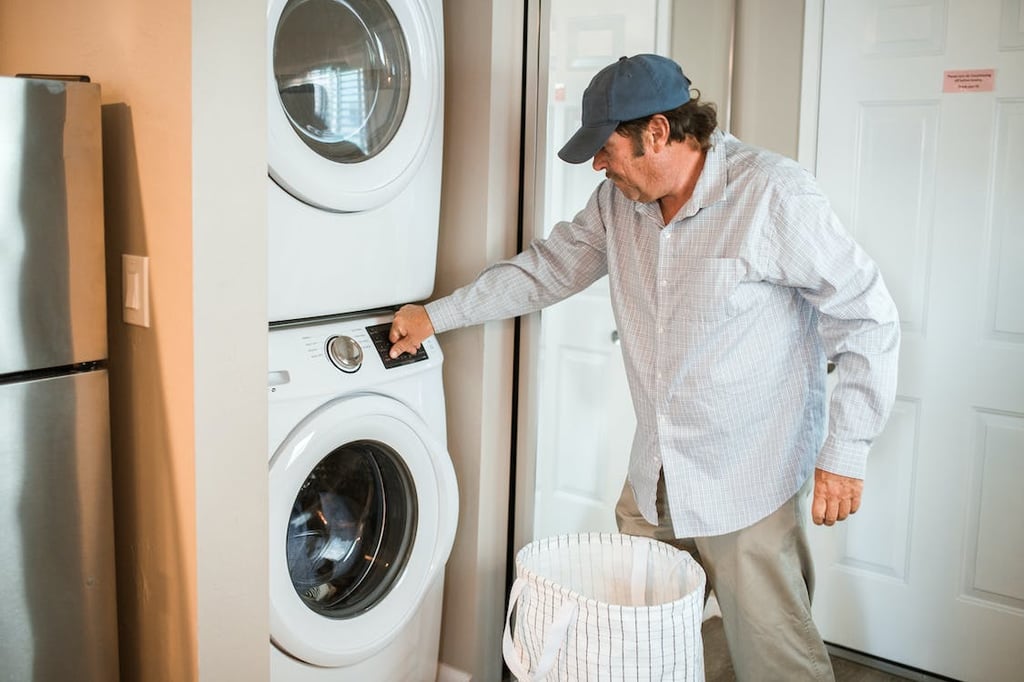
-
What is the Drum of a Washing Machine?

-
How to Keep Washing Machine from Freezing in Garage

-
How to Run Washing Machine Drain Outside
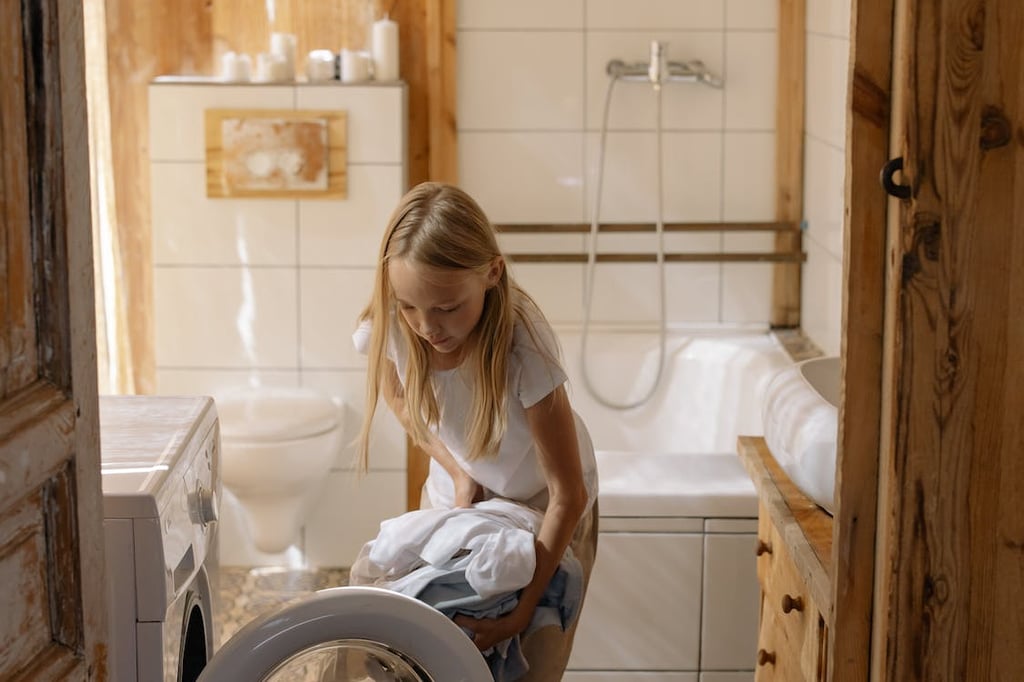
-
How Many Amps Do Washing Machines Use?

-
How to Tell If Your Washing Machine Control Board Is Bad



